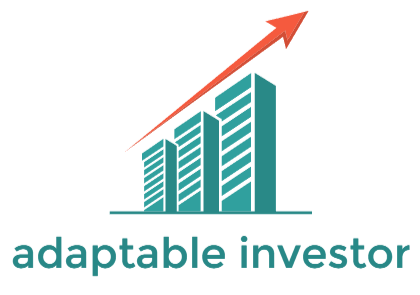This story was originally published here.
Just last week, the Dow Jones Industrial Average, S&P 500, and Nasdaq Composite had undergone a peak-to-valley pullback of 30% since mid-February. That’s nearly a third off the highs from only 30 trading days ago.
And it’s a fast drop that’s affecting just about everyone’s bank account.
Sure, stocks have risen since then. But we could still go down from here… even further than we already have.
Friends of mine are starting to call their 401(k)s 201(k)s – and they’re all asking me the same thing:
What will I do now?
My go-to answer here would be to trade. But it's nearly impossible for the average person to see returns as large as the returns from trading a stock like Amazon or Facebook.
Fortunately, you can play these companies with little opportunity costs and the confidence that you could see blue-chip level returns.
How? It's my “The Money Calendar“, and it can determine when these profitable stocks are on the rise, and enable you to trade without buying a single stock up front. Click here to learn how you could win big.
But most people can’t trade their 401(k)s, depending on who they’re administered by.
So the next step would be to call your financial advisor – and ask them these three questions…
You Should Know These Three Things About Your Financial Advisor
- How are you paid?
- How do you rebalance in times like this?
- What are your plans going forward?
Most advisors are not options traders. So don’t expect them to buy puts as protection or create spreads to hedge your securities. These folks are looking at the long term, and as long as your outlook is five years or longer, pullbacks are expected. Managers focus on long-term results, not short-term fluctuations.
The market’s drastic fall that we’ve seen over the past few weeks isn’t just some blip in the road. It’s something that a good advisor should have expected and planned for – and you should know what that plan is.

